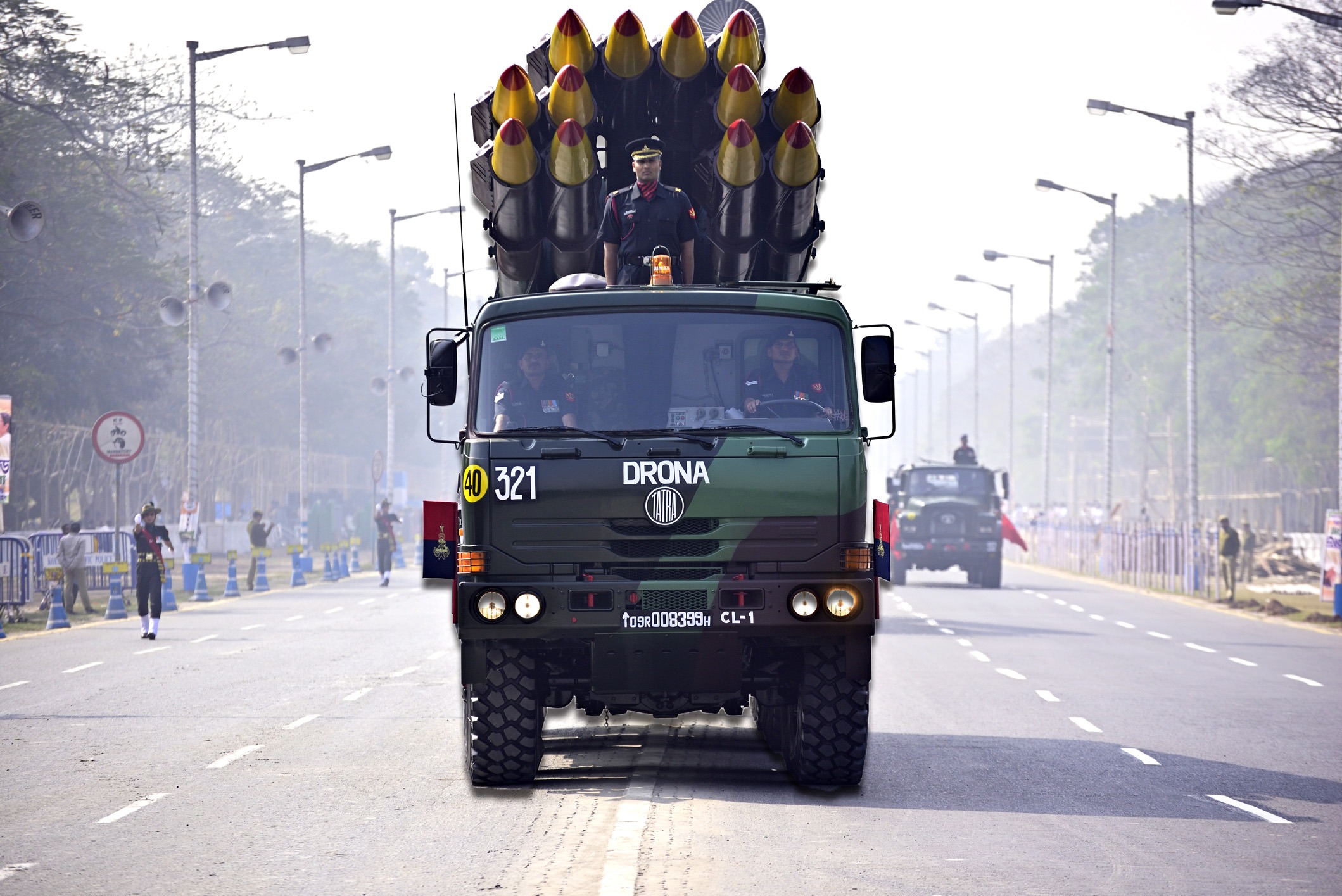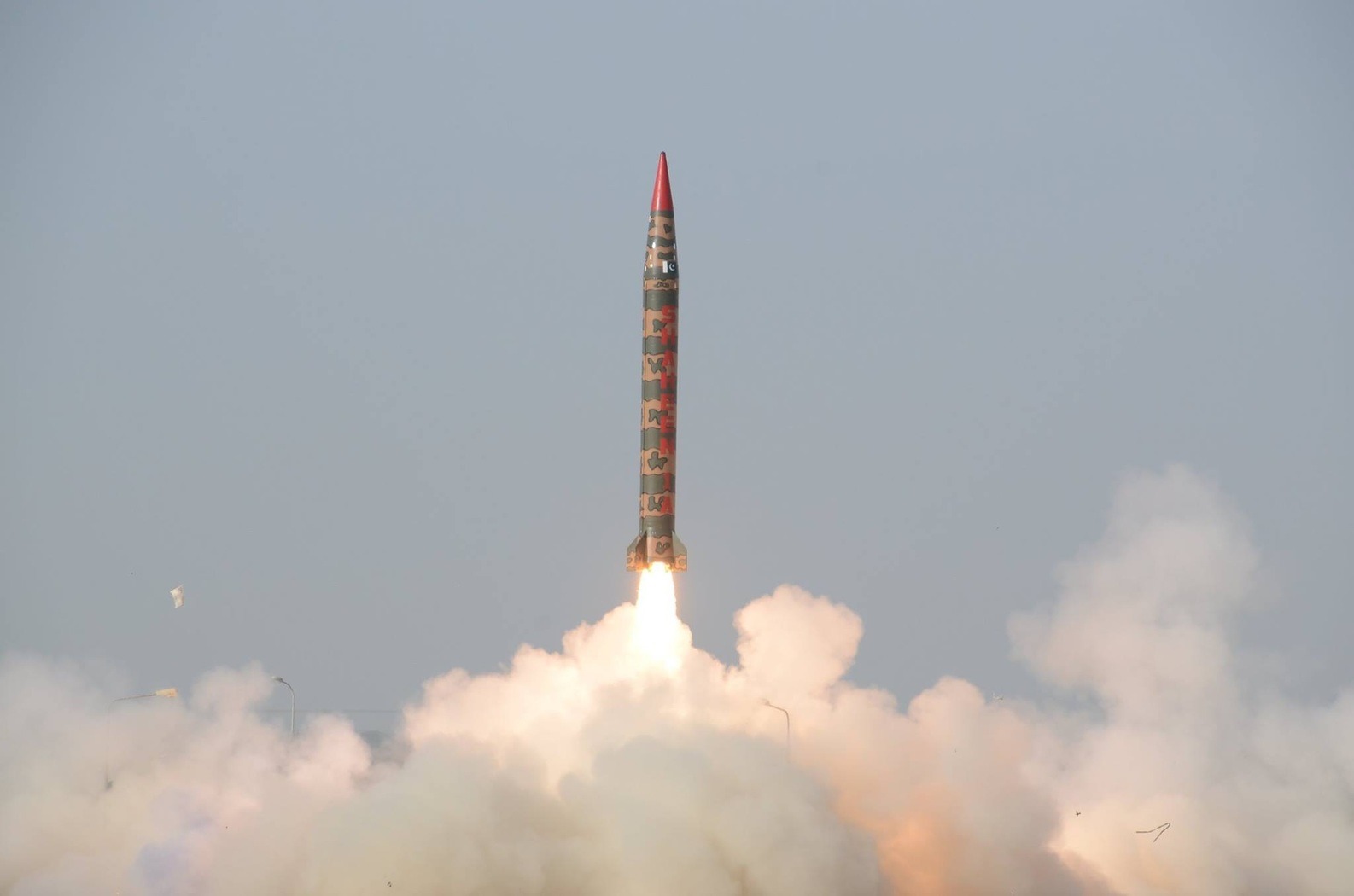Nuclear Deterrence and Stability in South Asia: The Inadequacies of a Regional Lens
INSTITUTE OF PEACE AND CONFLICT STUDIES
APLN member Manpreet Sethi argues that nuclear deterrence and stability in South Asia cannot be perceived through a sub-regional lens alone, given that lack of dialogue, risks of misperceptions, and unregulated technological advancements afflict all nuclear dyads.
A recent report by the International Institute for Strategic Studies (IISS), London, on how to stabilise the nuclear situation in South Asia, adds to a long list of offerings by well-meaning strategic analysts and think-tanks from around the world. Nuclear Deterrence and Stability in South Asia: Perceptions and Realities assesses the extent to which India and Pakistan may be “at risk from imprudent or mistaken use of nuclear weapons.” It finds “grave deficiencies and asymmetries in India’s and Pakistan’s nuclear doctrines, which are compounded by mutual disbelief, existing and emerging military capabilities, and the prolonged absence of related dialogue mechanisms.” This, it cautions, could heighten risks of miscalculation, misperception, and misjudgement in crisis.
Read the full report here.
Image: APLN/iStock, Suman Bhaumik.




